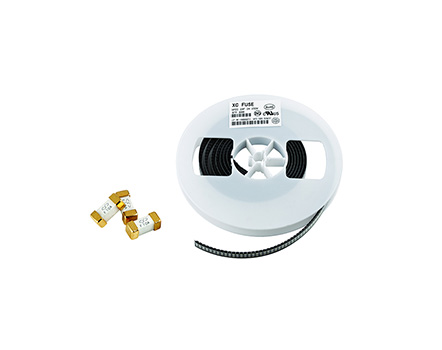
For the melt, its operating current and operating time characteristics are the ampere second characteristics of the fuse, also known as the inverse time delay characteristics, that is, when the overload current is small, the fusing time is long; When the overload current is high, the fuse time is short.
Our understanding of the ampere second characteristic can be seen from Joule's law that Q=I2 * R * T. In a series circuit, the R value of the fuse remains basically unchanged, and the heat generated is proportional to the square of the current I and the heating time T. This means that when the current is high, the time required for the melt to fuse is shorter. When the current is low, the melting time required for the melt to melt is longer, and even if the rate of heat accumulation is less than the rate of heat diffusion, the temperature of the fuse will not rise to the melting point, and the fuse will not even blow. So, within a certain overload current range, when the current returns to normal, the fuse will not blow and can continue to be used.
Therefore, each melt has a minimum melting current. Corresponding to different temperatures, the minimum melting current also varies. Although this current is affected by the external environment, it can be disregarded in practical applications. The ratio of the minimum melting current of the melt to the rated current of the melt is generally defined as the minimum melting coefficient. Commonly used melts have a melting coefficient greater than 1.25, which means that a melt with a rated current of 10A will not fuse when the current is below 12.5A.
Read recommendations: